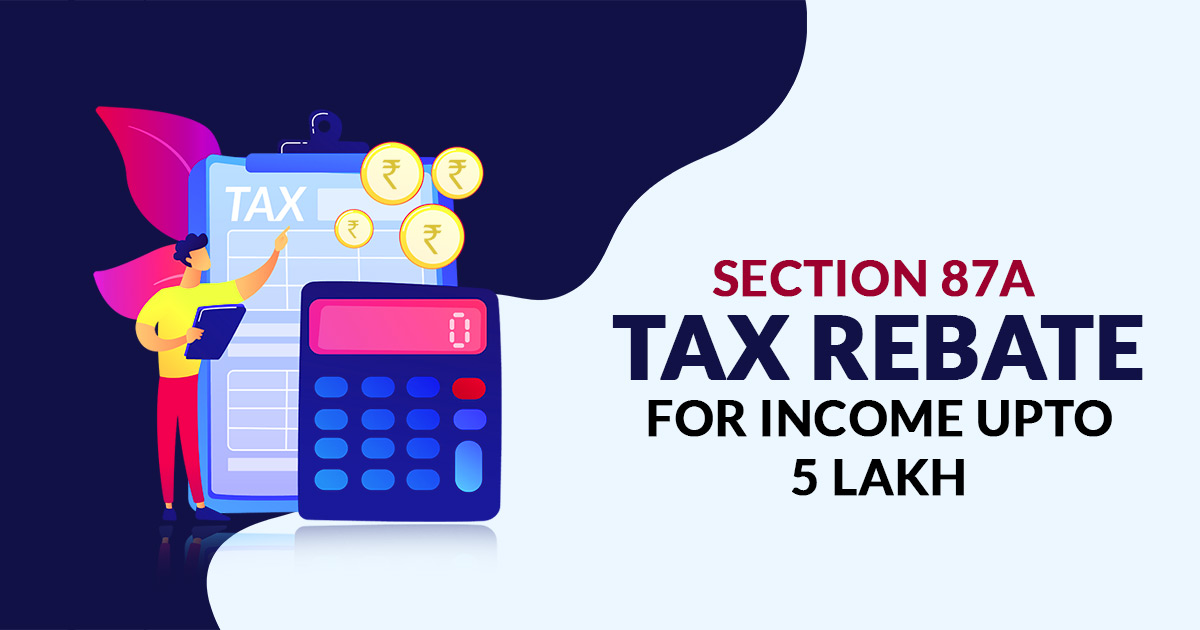A section of the taxpayers had alleged that there was lack of clarity on whether the interest on the closing balance of the account as of March 31, 2021 would attract tax under the new provision. It won’t, the official clarified.
The government will tax interest income on non-government employees’ share of PF contributions above Rs 2.5 lakh in a financial year at the individual’s slab rate in the same year effective FY22, according to an official source. As for government employees, where the PF contribution is voluntary and the government as the employer doesn’t make a matching contribution as in the case of private-sector employees, the interest income on annual PF contributions above Rs 5 lakh will be taxed in the same manner.
The tax will be deducted by the EPF
Of course, interest income on contributions made by a employee till March 31, 2021 will be considered non-taxable even if it exceeded the threshold level. A section of the taxpayers had alleged that there was lack of clarity on whether the interest on the closing balance of the account as of March 31, 2021 would attract tax under the new provision. It won’t, the official clarified.
To make things transparent, the accruals of contributions made prior to April 1, 2021 and on the contributions below the threshold limits for taxation and the interests thereon will be put in a separate account since these are not taxable. The taxable contributions/interest will be kept in another account. The taxpayer will declare the tax payable in a financial year on PF in the returns filed in the subsequent year.
High-income employees, who used to enjoy tax-free income with significant contributions to PF, would need to assess the tax impact of the provisions. EPFO’s annual interest rate is relatively high compared to other market-based products such as bank fixed deposits. Hence, the move to tax PF interest income beyond a threshold is aimed at plugging the excess benefit enjoyed by the rich.
EPF has been an attractive tax saving instrument for savers as it is under the exempt-exempt-exempt regime, meaning there is no incidence of tax at all the three states – contribution, accumulation and withdrawal. Though it remains so for large sections of taxpayers, the new rule effectovely prescribes a limit to its tax-free status.
In August 2021, the Central Board of Direct Taxes (CBDT) notified Rule 9D prescribing the method of calculation of taxable interest in respect of employee contributions exceeding the above-specified limits.
The taxable base would be limited to the interest accrued on employee contributions made more than the specified limits during the year of contributions and subsequent financial years as reduced by withdrawals if any.
“Individuals with a contribution to PF in excess of specified limits may need to revisit their investment plan in the wake of taxation of interest on excess contribution,” Saraswathi Kasturirangan, Partner, Deloitte India, and Poornima G, Senior Manager with Deloitte Haskins and Sells wrote recently.
Source: financialexpress.com
***
Don’t miss the next Tax Update / Article / Judicial pronouncement
Subscribe to our newsletter for FREE to stay updated on GST Law
Resolve your GST queries from national level experts on GST free of cost.
TW Editorial Team comprises of team of experienced Chartered Accountants and Advocates devoted to spread the knowledge of GST amongst the various stakeholders.




